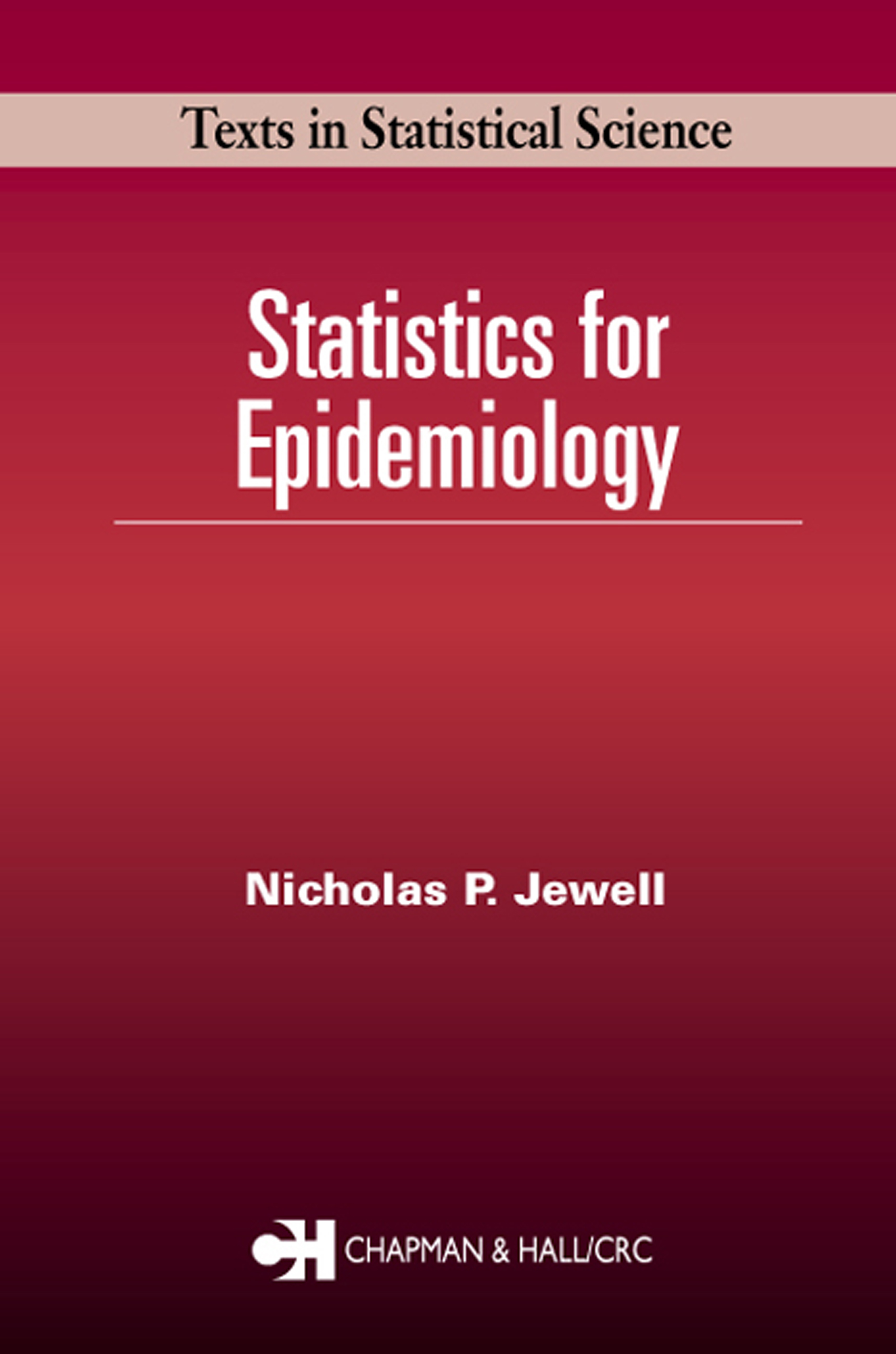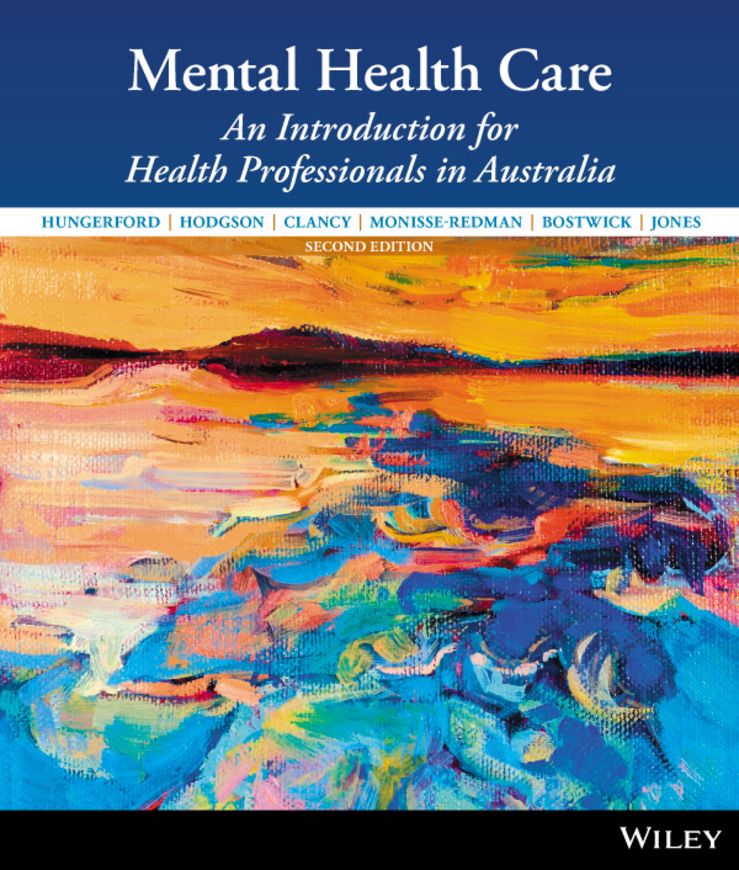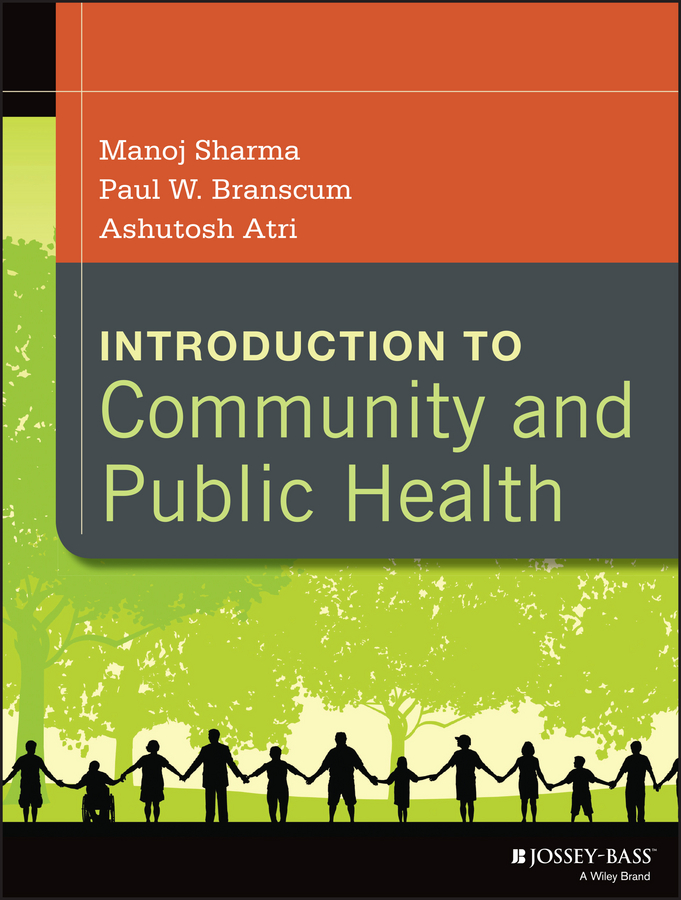CLCR1
LanguageENG
PublishYear2004
publishCompany
CRC Press
EISBN
9781482286014
PISBN
9781584884330
edition
1
- Product Details
- Contents
- recommend
Statistical ideas have been integral to the development of epidemiology and continue to provide the tools needed to interpret epidemiological studies. Although epidemiologists do not need a highly mathematical background in statistical theory to conduct and interpret such studies, they do need more than an encyclopedia of "recipes."
Statistics for Epidemiology achieves just the right balance between the two approaches, building an intuitive understanding of the methods most important to practitioners and the skills to use them effectively. It develops the techniques for analyzing simple risk factors and disease data, with step-by-step extensions that include the use of binary regression. It covers the logistic regression model in detail and contrasts it with the Cox model for time-to-incidence data. The author uses a few simple case studies to guide readers from elementary analyses to more complex regression modeling. Following these examples through several chapters makes it easy to compare the interpretations that emerge from varying approaches.
Written by one of the top biostatisticians in the field, Statistics for Epidemiology stands apart in its focus on interpretation and in the depth of understanding it provides. It lays the groundwork that all public health professionals, epidemiologists, and biostatisticians need to successfully design, conduct, and analyze epidemiological studies.
Collected by
- Princeton University
- University of California,Davis
- Yale University
- University of Oxford
- Harvard University
- Columbia University Library
- Stanford University
- CUHK
- University of Chicago
- MIT
- UCB











